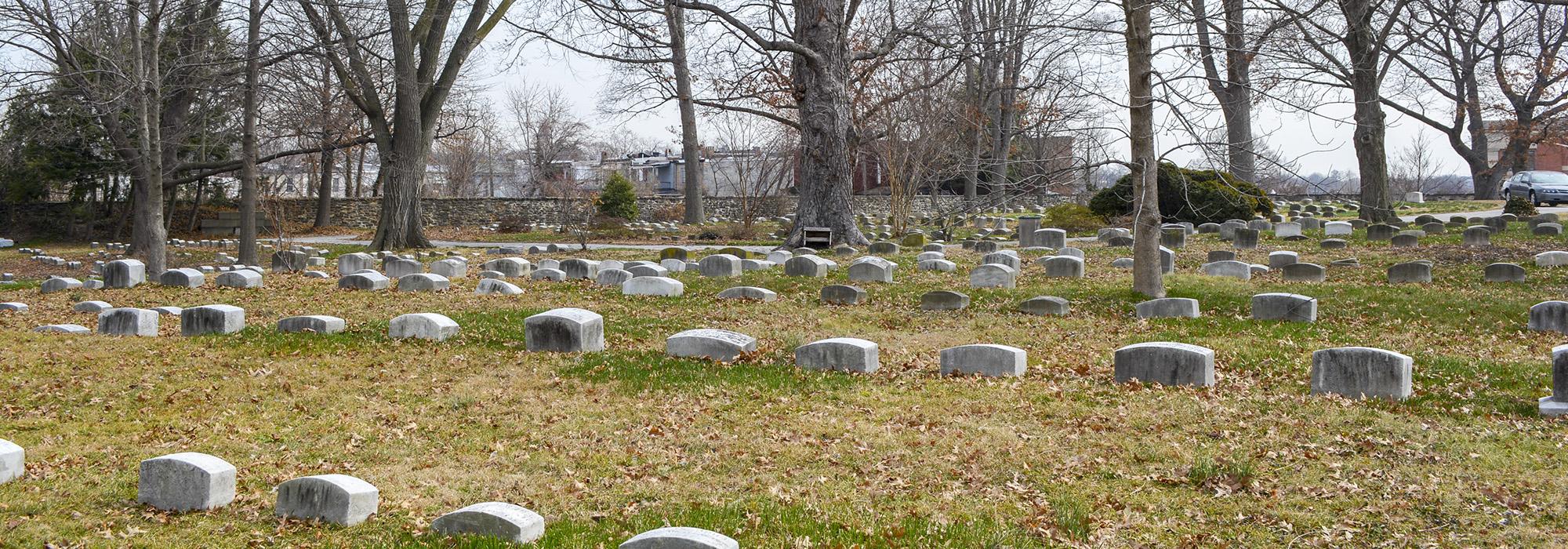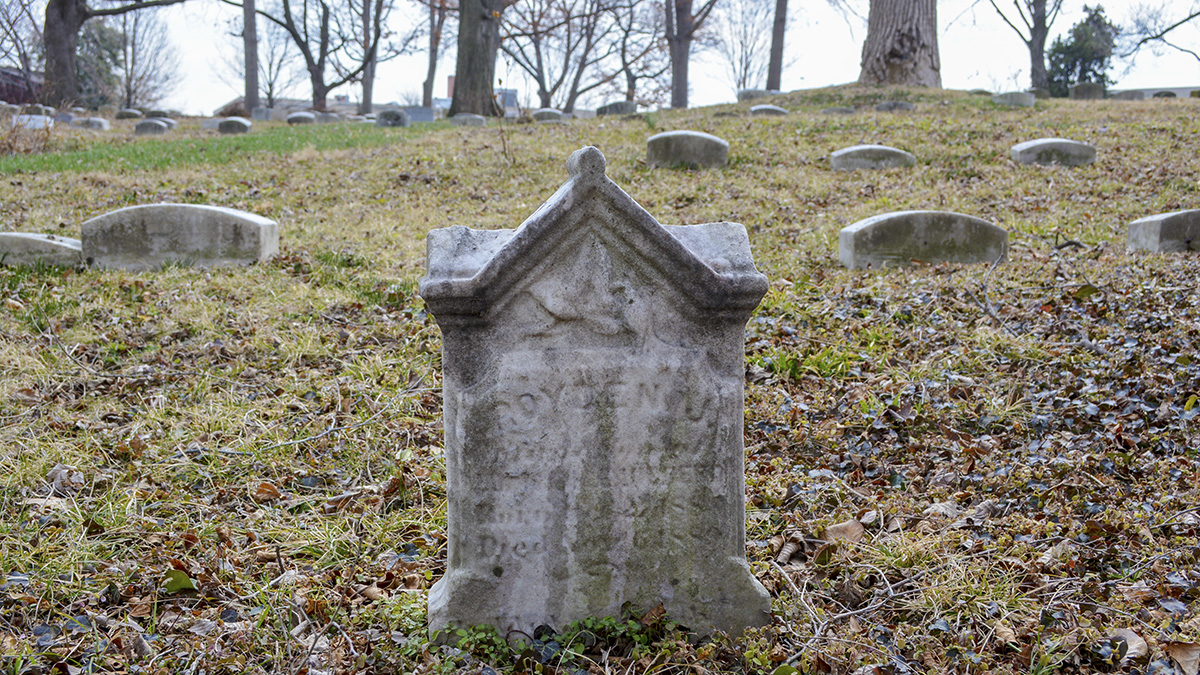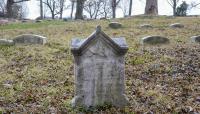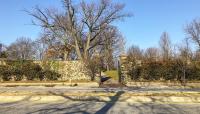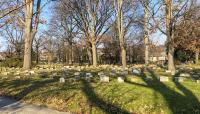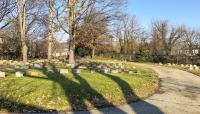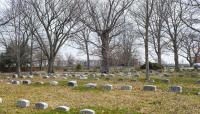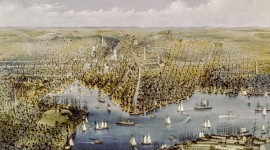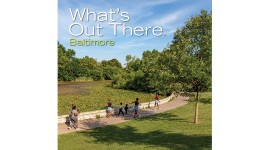In 1713 farmer and Quaker Richard Taylor purchased one acre of woodland for use as a religious site and cemetery. A log meeting house was built within a year, making this landscape the earliest burial ground and the earliest location for a religious structure in the City of Baltimore. No longer extant, the meeting house was abandoned in 1781 after the construction of a new building at Fayette and Aisquith Streets. Although its earliest marked gravestone is dated 1802, it is likely that the cemetery contains unmarked eighteenth-century graves. The sexton’s house (still extant), a simple, two-story fieldstone building, was built in the 1860s, and in 1879 a "receiving vault" was moved from Aisquith Street and placed along the northern wall of the burial ground for the storage of corpses in winter. The vault was rumored to have been a hiding place for those fleeing slavery via the Underground Railroad. A stone tool shed was erected behind the sexton's house in 1890.
Now occupying 2.8-acres, the cemetery is roughly rectangular, with its longer sides running east-west and with an appendage of land forming a triangle that extends to the southwest. Some 1,900 grave markers are arranged in compact, parallel rows that are interspersed with mature oak, maple, and poplar trees. The cemetery is divided into six burial sections that correspond approximately to the age of the burials. The grave markers in the oldest area (the southwestern section) are slightly darker than the others, with visible gaps within the rows. Along the western boundary wall of the cemetery are two rows of weathered stones that mark graves moved to the site from the burial plot at the Aisquith Street Meetinghouse in 1926, when the last significant change was made to the property. The graveyard is bounded by a fieldstone wall, dating to the 1860s, which is mottled with moss and draped in roses and ivy. Notable interments include Louisa Swain, who made history in Wyoming in 1880 as the first woman to legally vote in the United States at age 69. The cemetery was added to the National Register of Historic Places in 2005.



